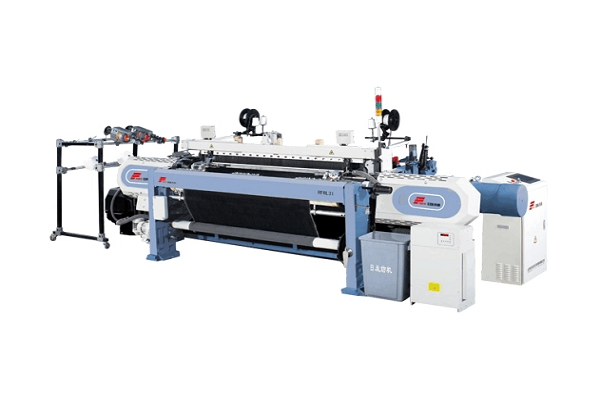En
As a revolutionary textile equipment, the rotor spinning machine has become a sharp weapon in the textile industry due to its high efficiency and energy-saving characteristics. Compared to traditional spinning machines, rotor spinning machines have achieved automation and intelligence in the spinning process through innovative technology and design, greatly improving production efficiency and product quality. Its unique advantages are mainly reflected in high efficiency and energy conservation.
Firstly, the rotor spinning machine adopts advanced rotor technology to achieve automation and continuity in the spinning process. Traditional spinning machines require manual operation, which is inefficient and prone to uneven spinning. The rotor spinning machine can achieve uniformity and consistency in spinning through an automated spinning process, greatly improving product quality.
Secondly, the rotor spinning machine adopts an energy-saving design to optimize energy utilization during the spinning process and reduce energy waste. Traditional spinning machines require a large amount of energy consumption during the spinning process, while rotor spinning machines reduce production costs through energy-saving design. This not only has a positive impact on the economic benefits of enterprises but also meets the increasing social demand for environmental awareness.
The rotor-spinning machine has a wide range of applications in the textile industry. It can be used for the processing of textile raw materials, such as cotton yarn, wool yarn, silk yarn, etc. Meanwhile, the rotor spinning machine can also be used for the production of textiles, such as textile fabrics, knitwear, etc. Due to the high efficiency and energy-saving characteristics of the rotor spinning machine, its application prospects in the textile industry are very broad.
With the development of the textile industry and technological progress, rotor-spinning machines will be more widely used and occupy an important position in the market. Textile enterprises should actively introduce rotor-spinning machines to enhance their competitiveness and meet the challenges and opportunities of the industry.
The emergence of rotor-spinning machines has not only improved the production efficiency of the textile industry but also improved the quality of products. Traditional spinning machines require manual operation during the spinning process, which is not only inefficient but also prone to uneven spinning. The rotor spinning machine can achieve uniformity and consistency in spinning through an automated spinning process, greatly improving product quality.
The rotor-spinning machine can also be adjusted according to different spinning requirements to meet the needs of different customers. Whether it is the processing of textile raw materials or the production of textiles, rotor spinning machines can provide high-quality spinning services, winning more market share for textile enterprises.
The rotor-spinning machine has become a powerful tool in the textile industry due to its high efficiency and energy-saving characteristics. Its emergence not only improves the production efficiency and product quality of the textile industry but also reduces production costs and environmental impact. With the development of the textile industry and technological progress, rotor-spinning machines will be more widely used and occupy an important position in the market. Textile enterprises should actively introduce rotor-spinning machines to enhance their competitiveness and meet the challenges and opportunities of the industry.


